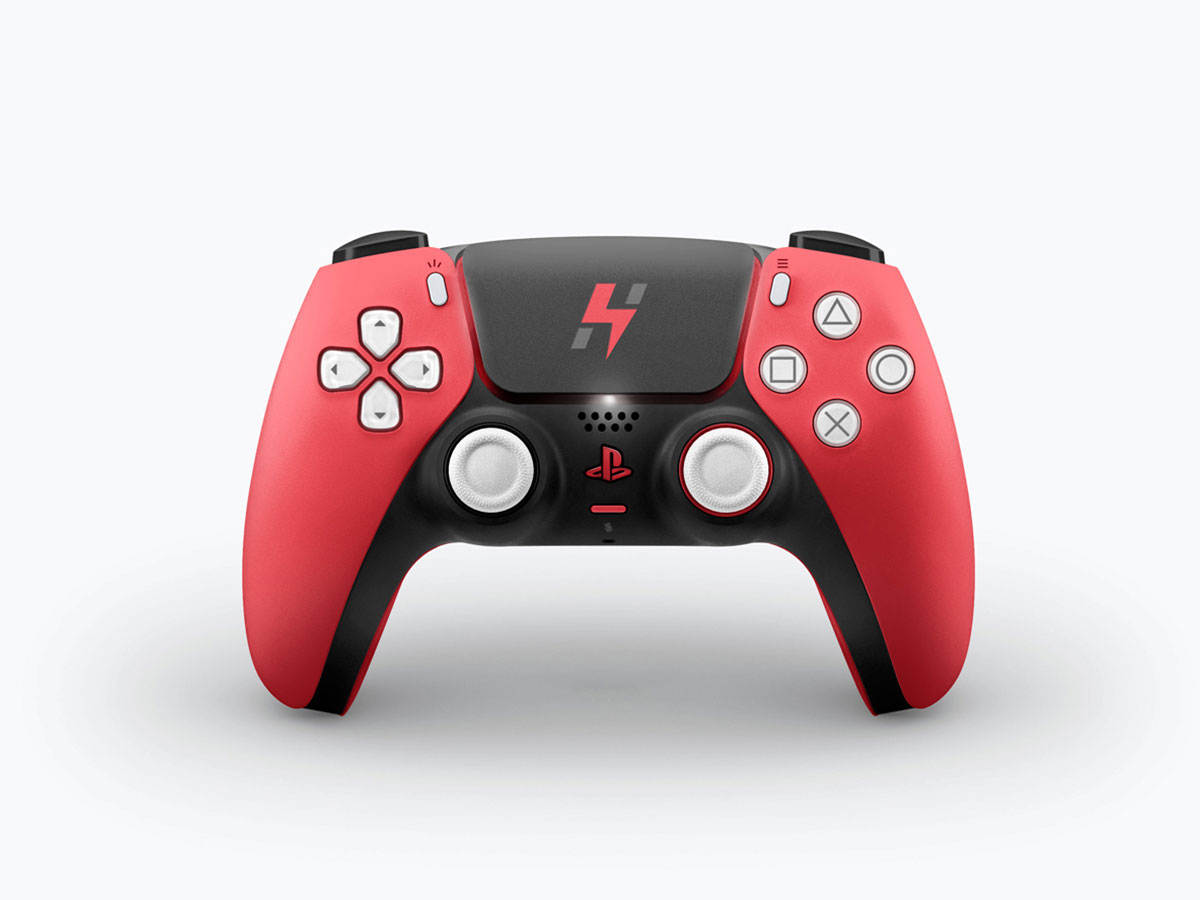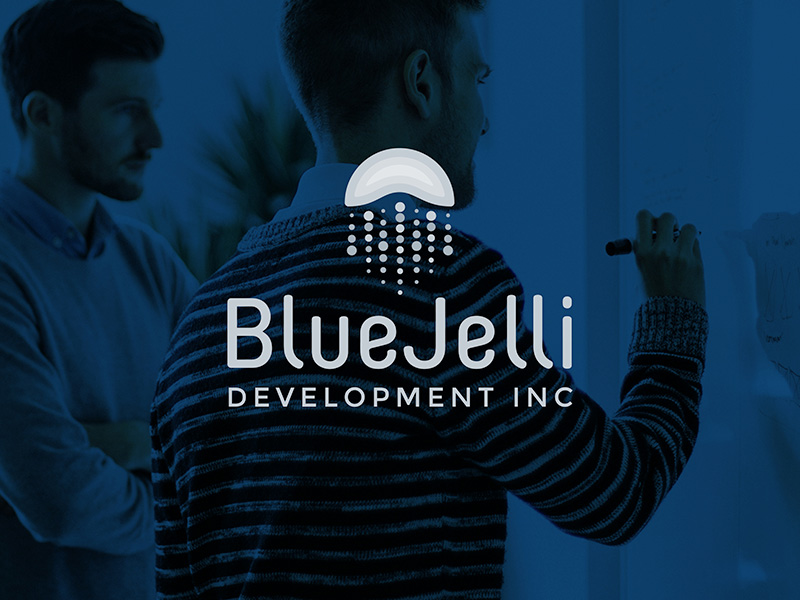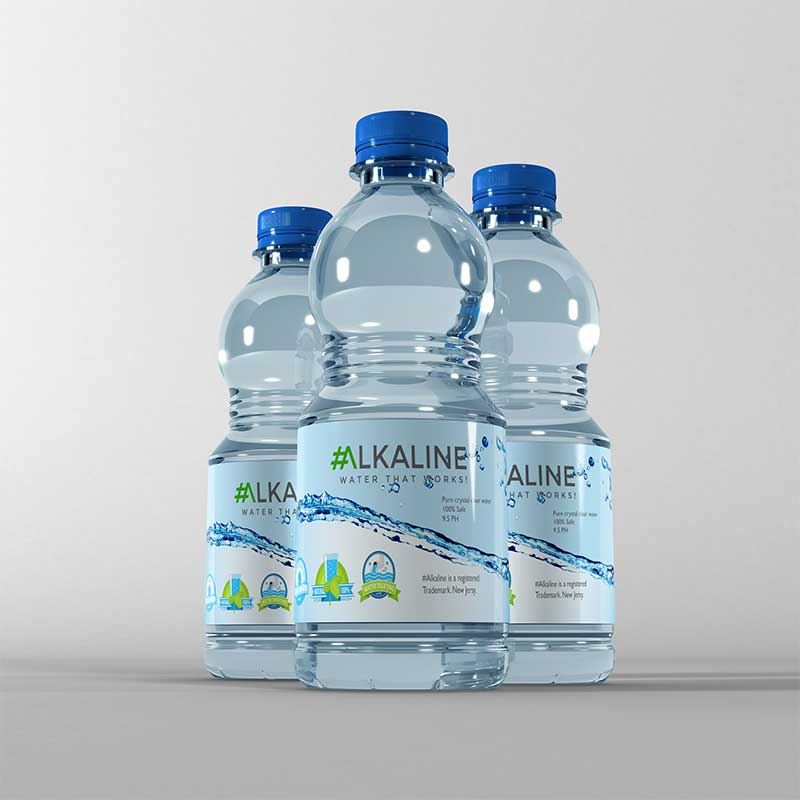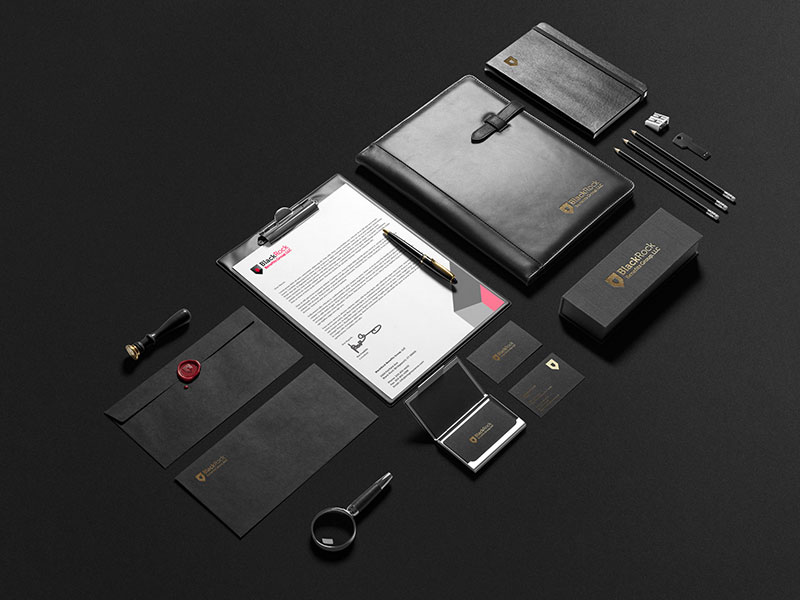HitZone: Serious Gaming for Hardcore Players
Situation: Creating Brand Identity for Multiplayer Mobile Games Company
HitZone produces multiplayer online video games, predominantly on mobile platforms. They don’t make casual games. Their audience is serious and hardcore players. They make games with deep sophisticated gameplay.
The mobile gaming market is crowded, with many brands competing for player attention. HitZone needed a brand identity that would differentiate them from casual game producers while resonating with hardcore players who want deep, sophisticated gameplay experiences.
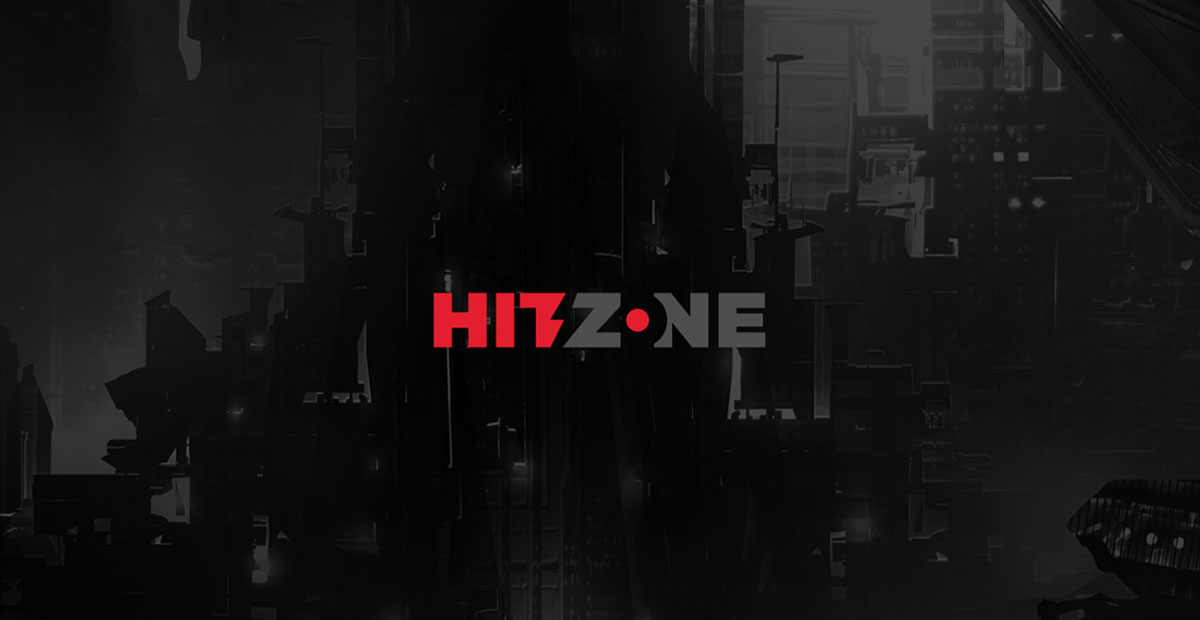
Task: Create Brand Identity for Serious Gamers
The challenge required:
- Hardcore focus: Brand identity that targets serious players, not casual gamers
- Sophisticated gameplay: Visual identity that communicates deep, complex game mechanics
- Multiplayer emphasis: Brand that emphasizes online multiplayer experiences
- Mobile platform: Brand that positions as accessible yet sophisticated mobile gaming
- Mission and vision: Brand strategy that translates mission and vision into powerful brand identity

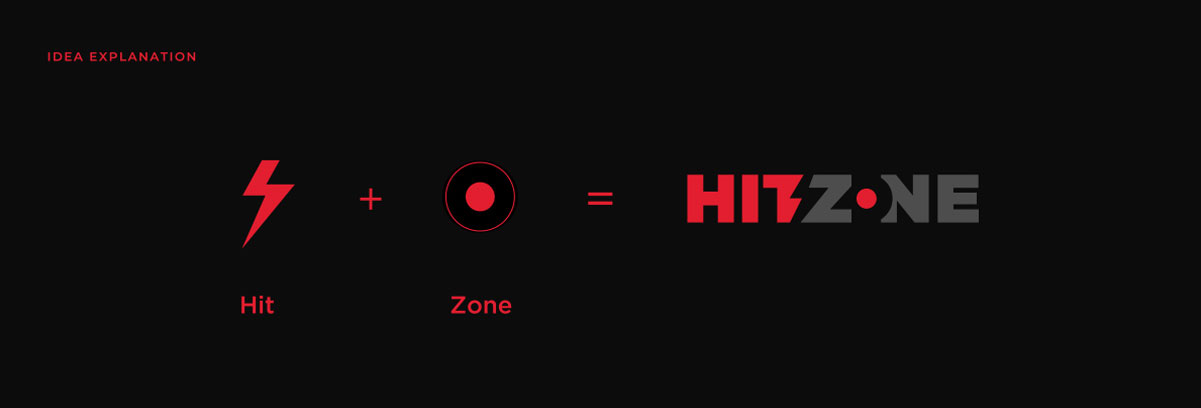

Action: Strategic Brand Development
Brand Strategy: Mission and Vision
We worked with the client to bring their vision for their brand to life through strategic positioning and translation of the strategy into a powerful brand identity.
The Mission: Entertain hundreds of millions of players around the world
The Vision: Assemble a group of unique professionals whose love and expertise will enable the development of standard-setting products that will garner respect from the most demanding gamers.
Positioning Strategy: Core Values
We created core values that create differentiation and present an authentic human brand by showcasing respectful and trusting relationships, a product-centric company that also cares about its customers, transparency, and open-mindedness.
Result: Brand Identity That Respects Hardcore Gamers
The brand identity we created for HitZone successfully positions them as a multiplayer mobile games company. The comprehensive brand transformation delivers:
Strategic Outcomes
- Hardcore focus: Brand identity successfully targets serious players, not casual gamers
- Sophisticated gameplay: Visual identity successfully communicates deep, complex game mechanics
- Multiplayer emphasis: Brand successfully emphasizes online multiplayer experiences
- Mobile platform: Brand successfully positions as accessible yet sophisticated mobile gaming
- Mission and vision: Brand strategy successfully translates mission and vision into powerful brand identity
- Complete brand system: Brand identity system, core values, and visual language create unified experience
Implementation Success
Today, HitZone uses this comprehensive brand identity to attract hardcore players who want serious multiplayer mobile games. The strategic positioning with core values of respectful relationships, product-centric focus, transparency, and open-mindedness creates an authentic human brand that resonates with demanding gamers who want deep, sophisticated gameplay experiences. The brand successfully positions HitZone as a company that produces standard-setting products designed to earn respect from the most demanding gamers while entertaining hundreds of millions of players around the world, with brand identity that differentiates them from casual game producers while resonating with hardcore players.
Frequently Asked Questions
How can our branding effectively communicate the depth and sophistication of our gameplay to our target audience of serious players?
Communicating the depth and sophistication of your gameplay through branding is crucial, especially when targeting serious players who value complex and engaging gaming experiences.
Here’s how you can achieve that:
Logo Design: Your logo should encapsulate the essence of your gaming environment. If your games are set in specific worlds or genres (like fantasy, sci-fi, etc.), these elements can be subtly incorporated into the logo to reflect the immersive nature of your games.
Color Palette: Colors evoke specific emotions and associations. A carefully chosen palette that resonates with the mood and themes of your games can signify sophistication. Darker hues, for instance, might suggest a more serious and intense gaming experience.
Typography: Choosing a unique and readable font style that aligns with the character of your games can reinforce the perception of depth. More complex, intricate typefaces might signal sophistication if they don’t sacrifice legibility.
Visual Imagery: Utilize visuals that showcase the depth of your game environments and the complexity of gameplay. High-quality graphics, detailed game screenshots, and well-produced trailers can effectively communicate this message.
Consistent Messaging: Craft a compelling brand narrative and maintain consistent messaging across all platforms. Talk about the advanced features, the depth of strategy, and the rich game worlds in your copy. This can be done in app descriptions, your website, and all marketing communications.
Community Engagement: Serious gamers often appreciate being part of a community. Strong community branding – like in-game events, leaderboards, or forums – can give players a sense of belonging and depth of engagement.
Player Testimonials: Share testimonials or reviews from other serious gamers who can vouch for the depth and sophistication of your games. This kind of social proof can be a powerful endorsement of your brand.
By incorporating these elements into your branding strategy, you can effectively communicate the depth and sophistication of your games to your target audience, attracting serious players who crave these gaming experiences.
What key elements should our logo incorporate to convey the essence of our multiplayer online video games?
A logo serves as the visual cornerstone of a brand, especially in the gaming industry, where visuals play a pivotal role. Here are some key elements your logo should incorporate to convey the essence of your multiplayer online video games:
Game Themes: If your games revolve around specific themes or settings (e.g., futuristic, fantasy, etc.), your logo could include elements reflecting these themes to communicate the nature of your games instantly.
Colors: Use colors that align with your overall brand identity and reflect the mood and atmosphere of your games. Colors can be powerful psychological triggers, so choose wisely.
Typography: The style of the text in your logo can convey a lot about your brand. Choose a typeface that aligns with your game style – serious, playful, modern, traditional, etc.
Symbolism: Including symbolic elements related to key aspects of your games, such as notable in-game items or character silhouettes, can enhance the recognizability of your logo.
Simplicity: Despite incorporating these various elements, it’s important to keep the design simple for easy recognition, particularly since the logo will often be viewed at small sizes on mobile screens.
Remember, your logo should be visually appealing and evoke the unique qualities that set your games apart in players’ minds.
How can we use branding to differentiate ourselves in the crowded mobile gaming market, especially since we don’t produce casual games?
Differentiating yourself in the crowded mobile gaming market through branding involves creating a unique and appealing identity that resonates with your target audience.
Here’s how:
Unique Visual Identity: Develop a distinct visual language with a unique logo, color palette, typography, and imagery. These elements should be tailored to reflect the sophistication and depth of your games, setting you apart from casual game producers.
Strong Brand Narrative: Craft a compelling brand story highlighting your focus on hardcore gamers and deep, sophisticated gameplay. This narrative can be communicated across all marketing materials and touchpoints, reinforcing your unique positioning.
Community Building: Serious gamers often value community. Create branded in-game events, leaderboards, or forums to foster engagement and a sense of belonging among your users. This can set you apart from competitors who might not invest in community-centric strategies.
Quality Signals: Display awards, ratings, and positive reviews prominently in your branding to reinforce the high-quality nature of your games. This can enhance credibility and distinguish you from the myriad of lower-quality games in the market.
Consistent Messaging: Ensure your messaging consistently communicates your focus on non-casual gaming across all platforms – from app store descriptions to social media posts.
Through these strategies, your branding can help carve out a unique space for your company in the mobile gaming market and attract the dedicated, serious players you’re targeting.
What strategies can our branding use to foster a strong and active community among our players?
Fostering a strong and active community among players through branding is a key strategy for mobile gaming companies. Here are some tactics you might consider:
Community Branding: Create dedicated brand elements for your community, like a unique name or logo. This can help your players feel part of something special and exclusive, enhancing engagement.
In-Game Events: Regularly hold branded in-game events that bring players together. These can be themed around holidays, game anniversaries, or game updates, fostering a shared experience.
Social Media Engagement: Use your social media channels to connect with your player base. Regular posts, game tips, player highlights, and responding to comments can boost interaction. Use long-tail keywords such as “mobile gaming community engagement” or “multiplayer mobile game social interaction” to enhance visibility in search.
Leaderboards and Achievements: Incorporating leaderboards and achievement systems branded with your game’s identity can encourage competition and interaction among players. Terms like “competitive mobile gaming community” or “online multiplayer game achievements” can be effective keywords.
Forums and Chatrooms: Providing spaces like forums or in-game chatrooms for players to communicate can help build a sense of community. Use SEO-friendly keywords such as “mobile game player forum” or “multiplayer game community chat”.
Player Feedback Channels: Involve your players in game development processes by creating channels for them to give feedback or suggest new features. This can foster a sense of ownership among players. Appropriate keywords might include “player feedback in mobile game development” or “user-driven game design”.
Using these strategies and related long-tail keywords, you can foster a strong, active community that can increase player retention and engagement, critical aspects of success in the mobile gaming industry.
How should we adapt our branding strategy as we expand our game portfolio without alienating our current hardcore player base?
Adapting your branding strategy as you expand your game portfolio involves a careful balance to ensure new games appeal to a broader audience without losing the core player base.
Here’s a brief guide:
Brand Consistency: Maintain consistent elements in your branding, such as logos, color schemes, and typography, across all games to ensure a recognizable and cohesive brand identity.
Community Involvement: Involve your hardcore player base in developing new games through feedback sessions or beta testing. This will make them feel valued and part of the growth journey.
Gradual Introduction: Roll out changes or new games gradually. This allows your existing player base to adapt to the changes and reduces the risk of sudden alienation.
Brand Messaging: Continue to emphasize your commitment to depth and sophistication in gameplay in your brand messaging, assuring your hardcore players that these critical elements remain central to all your games.

